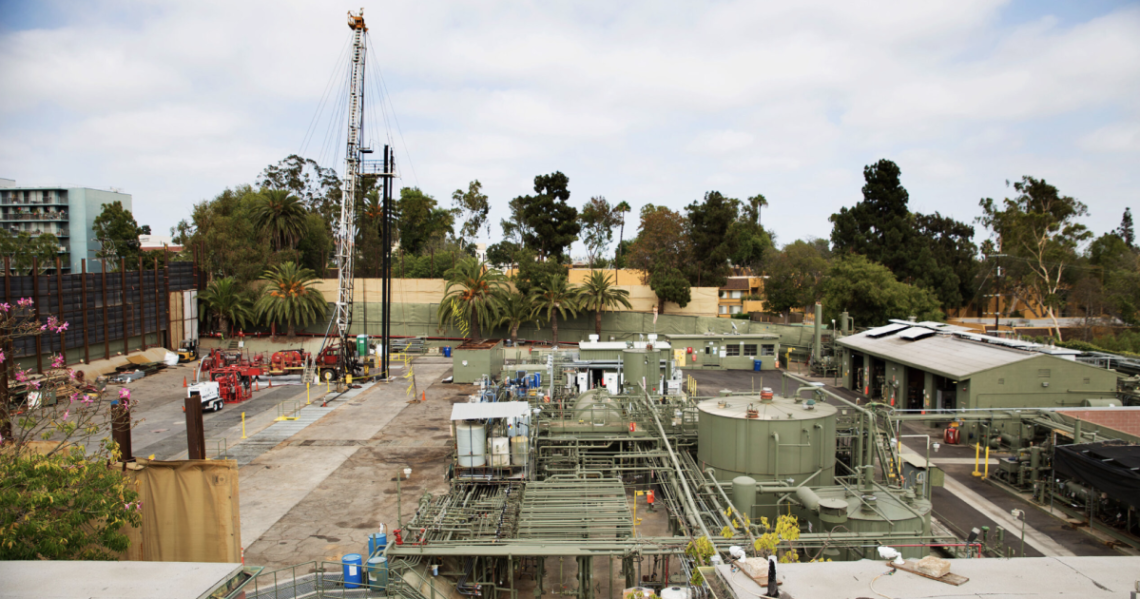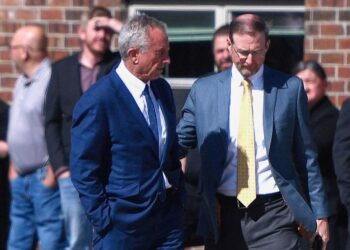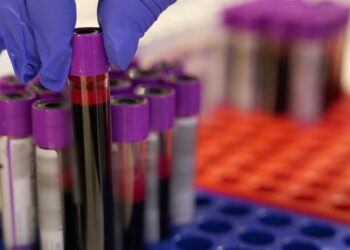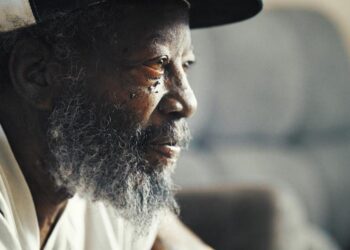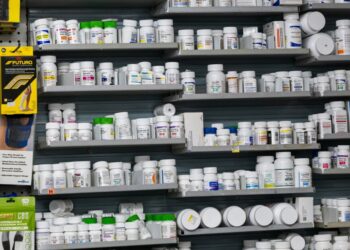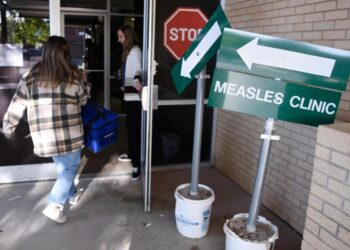This article was produced by the nonprofit journalism publication Capital & Main. It is co-published with permission.
Surrounded by apartment buildings and retirement homes, and less than 1,000 feet from three public schools, an active oil drill site is hidden just behind a green fence and a row of carefully manicured trees. Two gates on either end display signs identifying the Murphy Site, operated by E&B Natural Resources. The signs warn of cancer- and birth defect-causing chemicals, and the possible presence of hydrogen sulfide, an extremely flammable and toxic gas known for its pungent, “rotten egg” odor.
The Murphy Site, which taps the La Cienegas Oil Field, is located in Jefferson Park, a South L.A. neighborhood composed mostly of Black and Latino residents. Those living near the site display “significantly higher prevalence of wheezing, eye and nose irritation and dizziness” as well as reduced lung capacity, according to a 2021 study from the University of Southern California.
The site is not owned by an energy company, though, but by the Catholic Archdiocese of Los Angeles. That’s why some religious activists have been calling on the archdiocese and the city to protect those at risk of exposure to dangerous chemicals by shutting down the site, which has been active since oil wells were first drilled in 1961 after an oil tycoon’s daughter donated the property to the archdiocese. That years-long activism has culminated in a response from the city in late February that places sweeping restrictions on E&B Natural Resources’ operations and represents a huge victory for public health advocates.
“Oil drill sites are fundamentally incompatible with residential neighborhoods,” said Richard Parks, the president and founder of Redeemer…
Read the full article here

